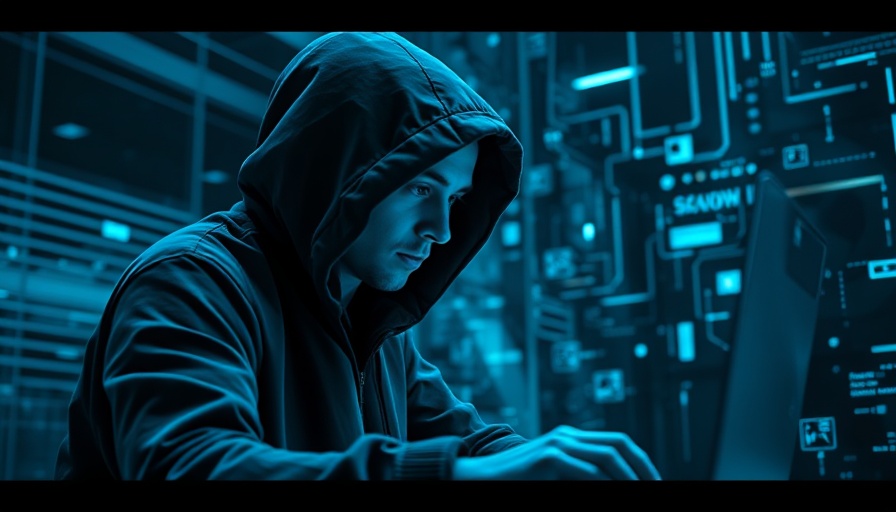
Why Cybersecurity is Critical for Facility Managers
The digital transformation of facility management has provided numerous benefits, such as increased efficiency and streamlined operations. However, it has also inadvertently opened doors to cyber threats that can jeopardize both security and safety in buildings. Cyber attacks can target operational technologies (OT) and information systems (IT), and facility managers must become vigilant to prepare for the evolving landscape of cyber threats.
The Growing Threat Landscape
As facility managers increasingly adopt advanced technologies, the risk of cyberattacks escalates. According to the 2023 Microsoft Digital Defense Report, a staggering 78% of IoT devices connected to networks have known vulnerabilities. These statistics highlight the urgency for facility managers to prioritize cybersecurity in their operational strategies.
Understanding Cybersecurity Risks in Facilities Management
Cybersecurity threats in facilities management can come in various forms. Unauthorized access to critical systems can potentially disrupt essential functions, such as HVAC systems or security measures. Instances of ransomware, wherein attackers lock systems until a ransom is paid, have risen significantly, costing firms millions.
Facility managers must recognize that compromising a physical security system, for example, has severe implications for safety and operation. Lucian Niemeyer’s insights from the IFMA Executive Summit 2024 categorically place cybersecurity as a significant safety concern that requires addressing comprehensively.
A Robust Cybersecurity Strategy
A two-fold approach to cybersecurity is being adopted by facility managers today. First, integrating technology solutions can help close the gap in cybersecurity risks. Utilizing intrusion detection systems (IDS) and embedding hardware authentication into operational protocols fortifies defenses against breaches.
Second, training employees on cybersecurity awareness is paramount. According to Bhupendra Choudhary, ensuring that personnel understand vulnerabilities and responses is critical. This training not only creates a culture of security but empowers employees to become the first line of defense against cyber threats.
Practical Steps Facility Managers Can Take
1. **Build a Cyber Incident Response Plan:** Collaborate with IT departments and cybersecurity experts to establish a clear response protocol for potential cyber incidents.
2. **Implement Cybersecurity Standards:** Adopt standards akin to those used in IT for operational technology installations. Conduct thorough assessments and penetration testing on critical systems to ensure they are secure before deployment.
3. **Develop a Cyber Commissioning Plan:** This plan should ensure that all implemented technology meets established cybersecurity standards, incorporating best practices into vendor contracts.
Future Predictions and Opportunities
The future landscape of facility management will inevitably intertwine with advancing cybersecurity innovations. Technologies like blockchain for secure transactions and AI-driven monitoring systems will amplify protection measures. Moreover, establishing a culture of cybersecurity readiness among employees will play a pivotal role in safeguarding facilities.
Conclusion: The Safety-First Approach
In conclusion, for facility managers today, viewing cybersecurity through the lens of safety is essential. The integration of technology should never compromise security. By being proactive, embracing comprehensive cyber strategies, and prioritizing employee training, facility managers can not only protect their assets but also fortify the safety of occupants. Cybersecurity is no longer just an IT issue; it is fundamentally a threat to human safety and organizational integrity.
Take Action Now!
In a world awash with cyber threats, the time to bolster your facility's cybersecurity is now. Every action you take today can safeguard against future risks. Stay informed, train your staff, and develop a robust cybersecurity framework that not only protects your operations but ultimately secures the wellbeing of all building occupants.
 Add Row
Add Row  Add
Add 




 Add Row
Add Row  Add
Add 

Write A Comment